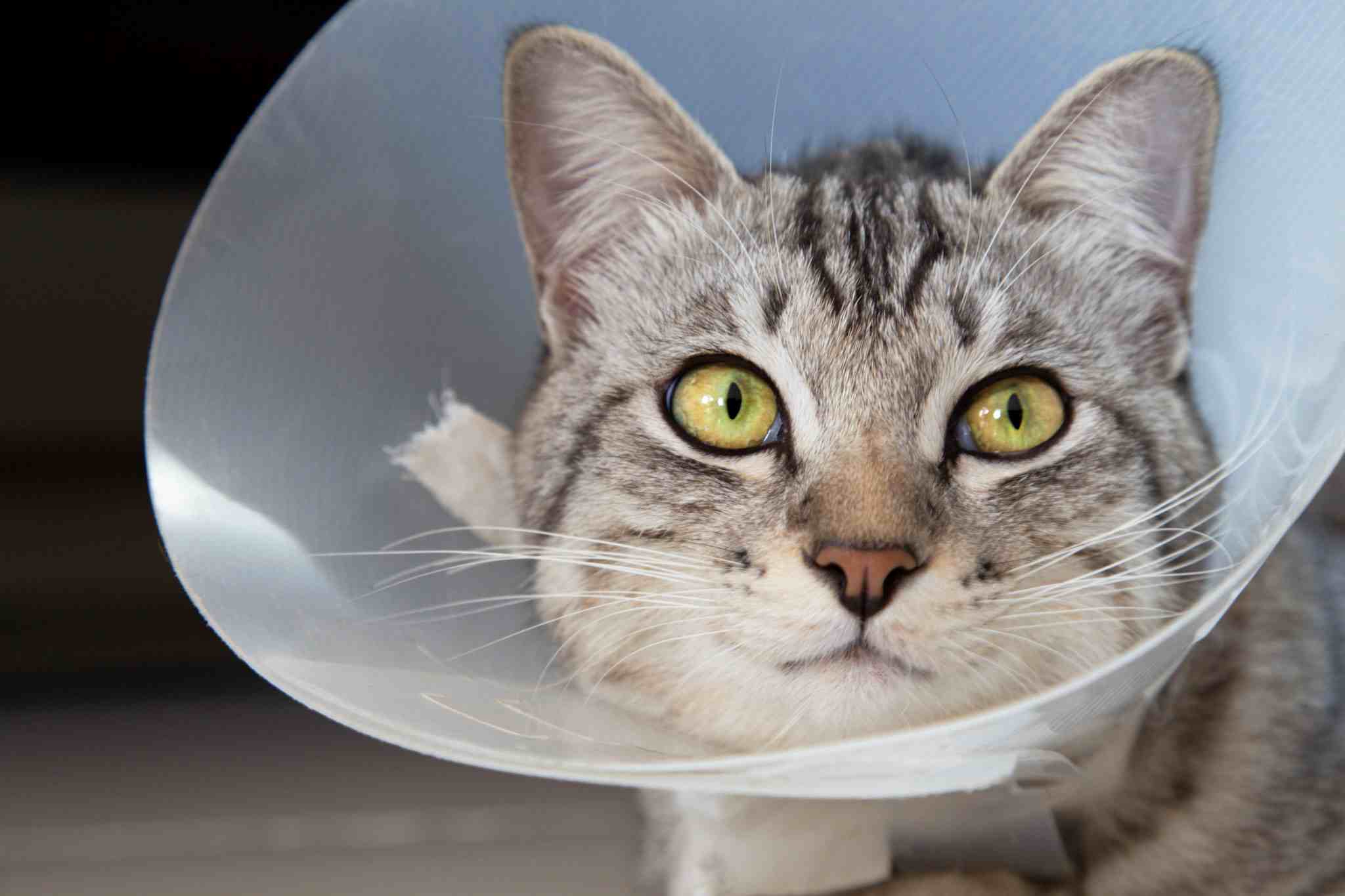
From the increased cost of diagnostic testing to tech advancements to the rapid aging of pets, there are many factors that influence higher pet healthcare costs.
The latest data from the Australian Bureau of Statistics (ABS) shows vet and other pet service costs have increased 7.5% for the year to September.
However, PetSure data shows that over the last 12 months, pet healthcare costs have continued to increase at a rate that exceeds the inflation seen across the country. For example, to treat common pet health ailments like gastrointestinal conditions, skin issues and spinal conditions, treatment costs have increased by more than 35%. For other conditions, like arthritis and elbow conditions, the year-on-year increase for treatment costs is over 50%.
While the pet health industry is not immune to inflationary pressures, there are ways that pet owners can manage pet health expenditure. PetSure Vet Advisor, Dr Kylie Mitchell shares her tips for how pet owners can manage pet health expenditure, including:
- Speak to a vet as soon as possible – If you’re worried about your pet’s health, speak to your vet as soon as possible. In some cases, seeing a vet sooner could you save money down the track – if treatment is delayed, the illness or injury could progress to something more serious potentially requiring a more costly treatment.
- Prioritise preventative care – Committing to regular six-monthly vet check-ups, maintaining good dental care, staying on top of flea and tick preventatives and maintaining a healthy weight for your pet are just a few ways you can stay on top of your pet’s healthcare to help identify any potential health issues early on.
- Consider vet telehealth for non-emergencies – Online veterinary services offer access to video and live message consultations, where you can connect with qualified vets for advice and triage. Vet telehealth services, like VetChat, are useful for non-emergencies and queries like gastrointestinal issues (i.e. if your pet ate something it shouldn’t have). Telehealth consultations are available for a small fee, which may be more affordable than an in-person vet consultation. VetChat has just launched its new VetChat Plus product where pet parents can access unlimited 24/7 VetChat consults wherever and whenever they need, and complimentary benefits including PawCare cover against 7 pet hazards.
- Be upfront with your vet about your budget – Be upfront with your vet about your ability to cover treatment costs. This might include enquiring early about treatment options and costs, notifying the vet of any financial constraints you may have and disclosing whether you have a pet insurance policy.
Read the media article in The Daily Telegraph via the link below:
Pet care prices surge, but there are ways to trim spending | Daily Telegraph





